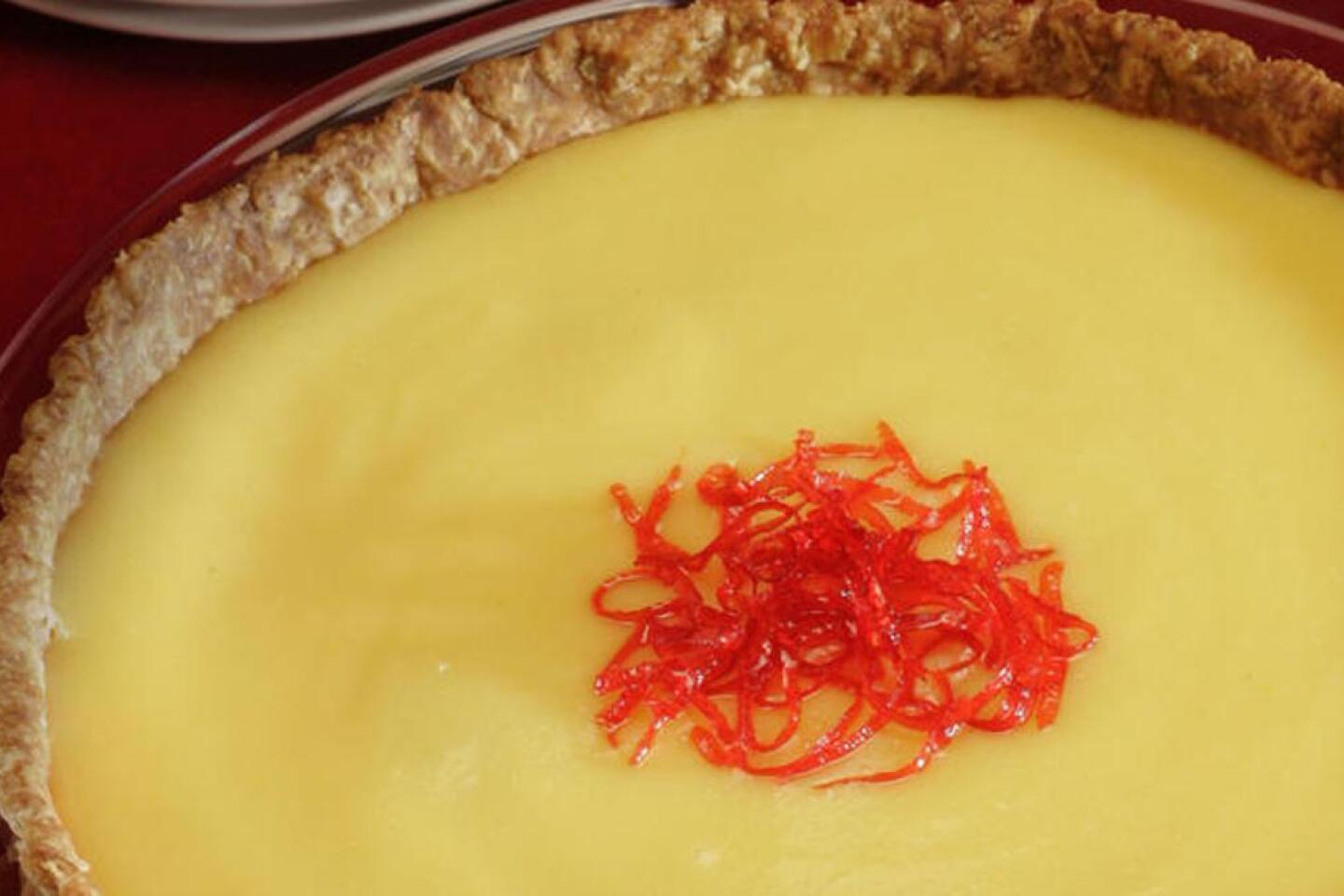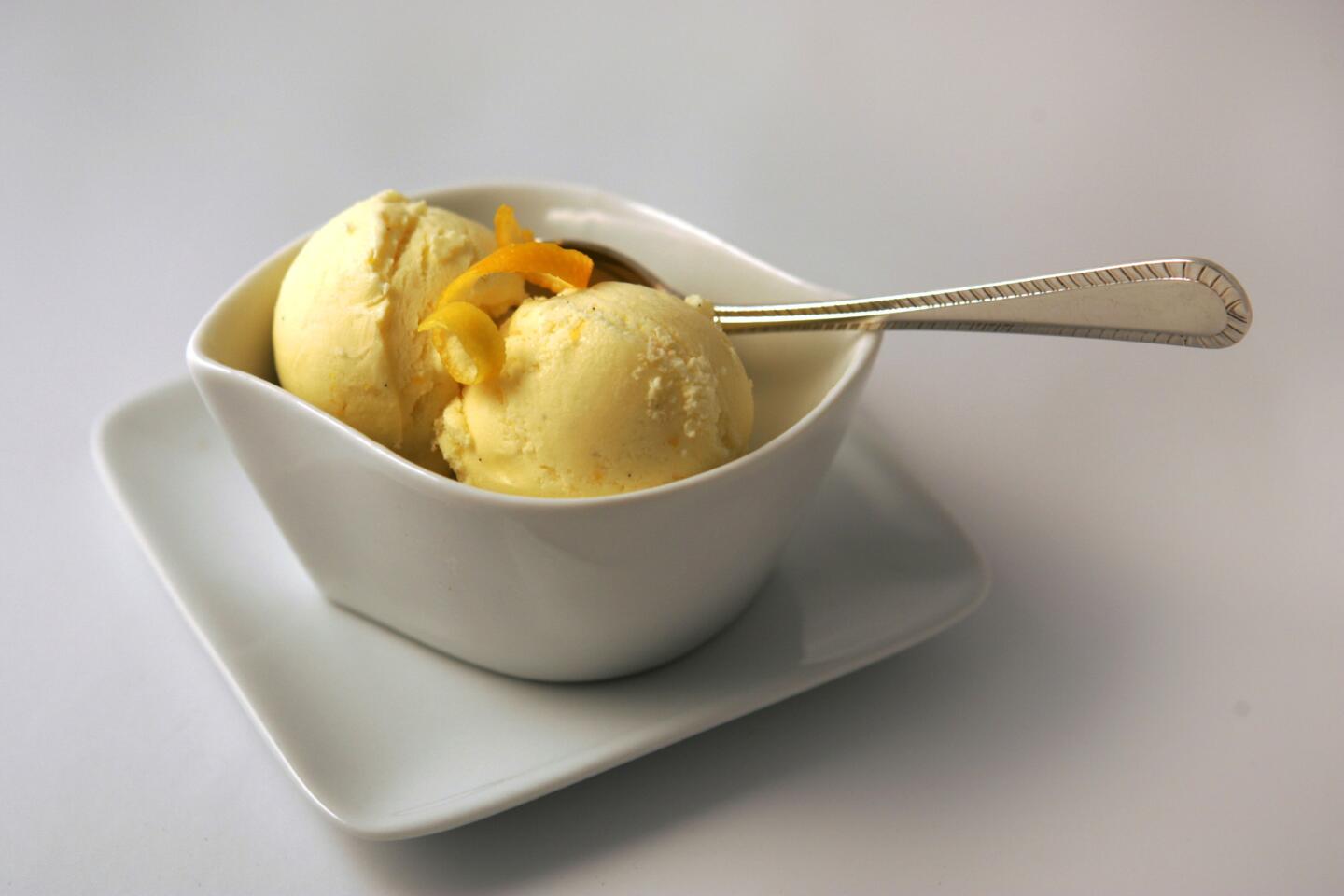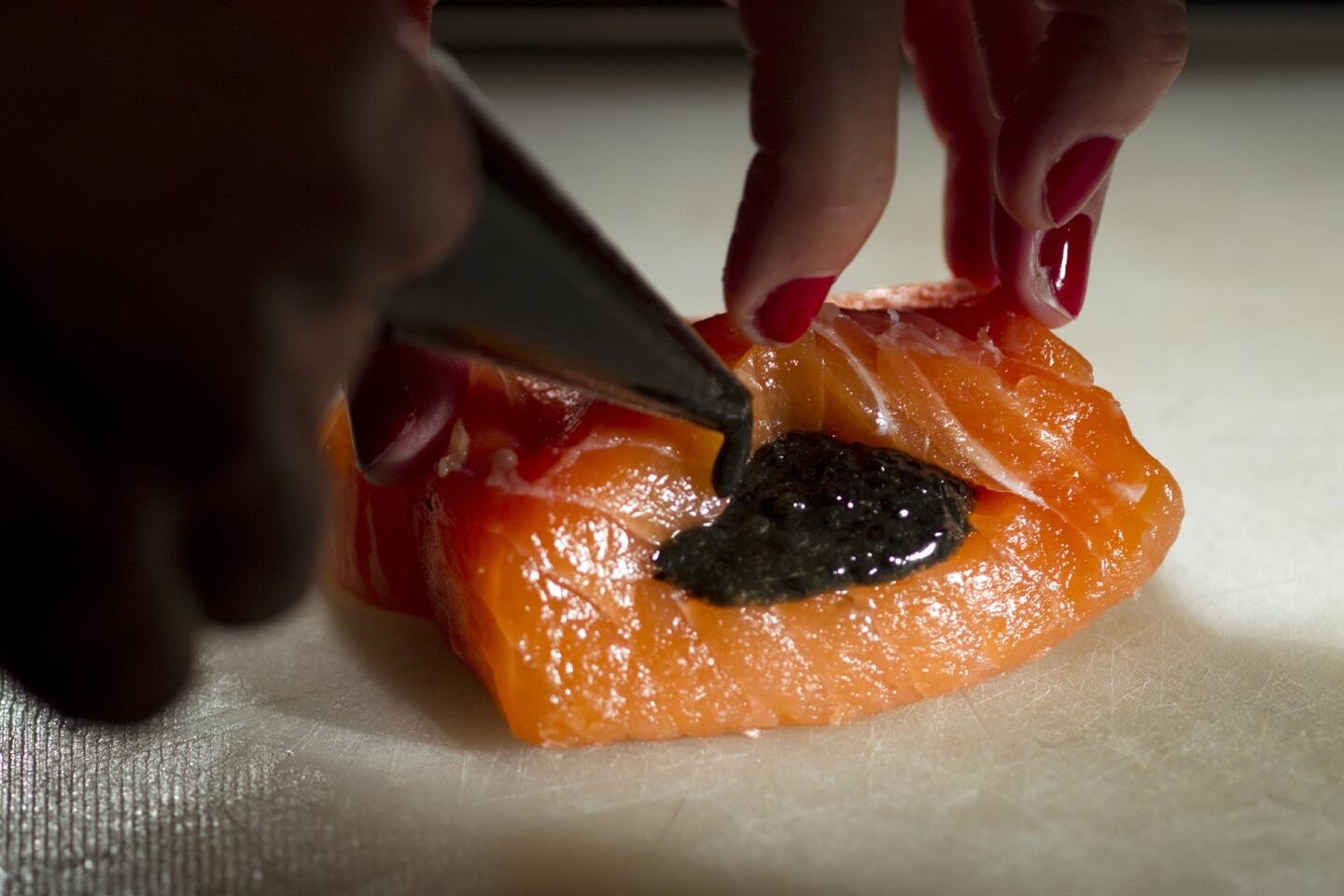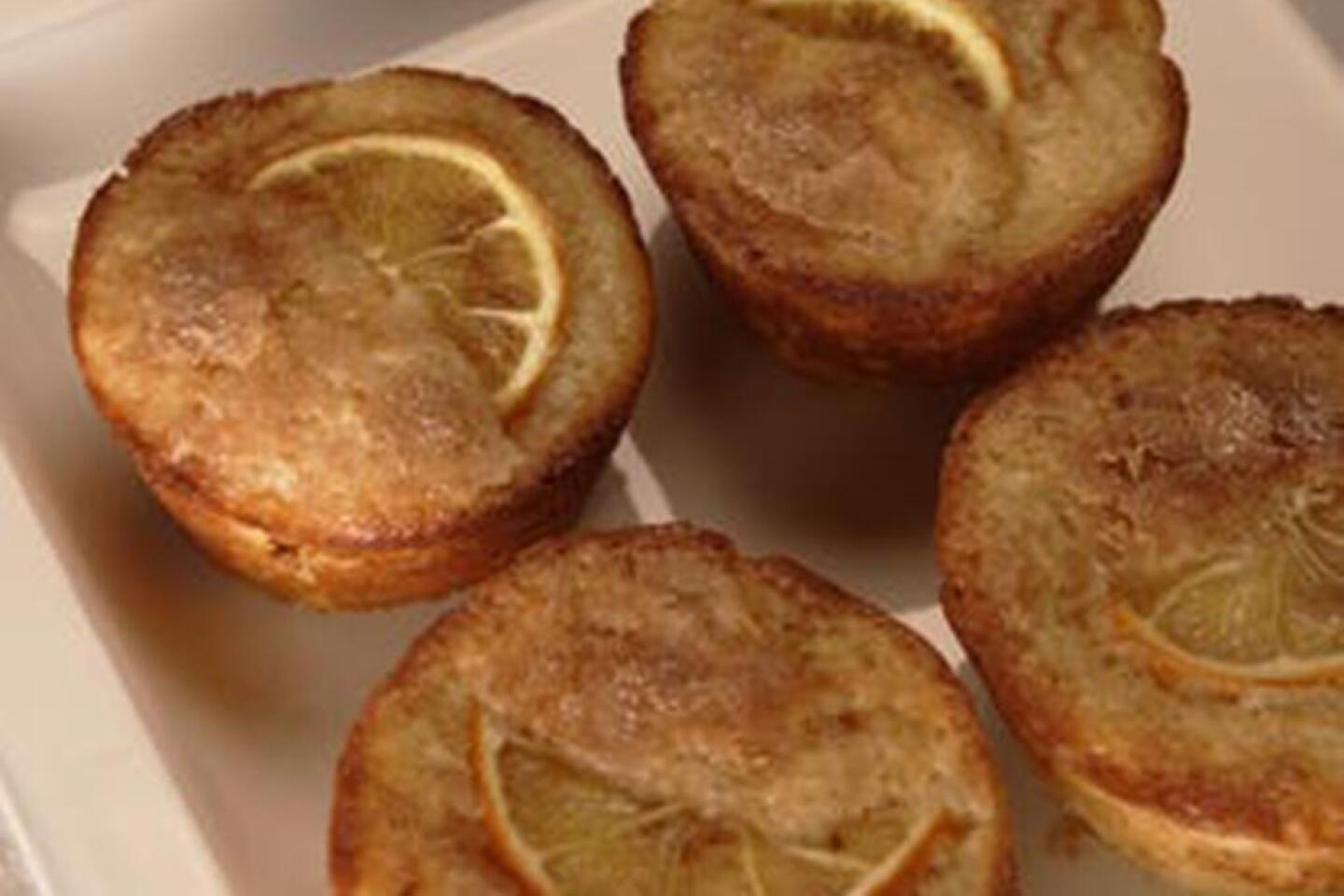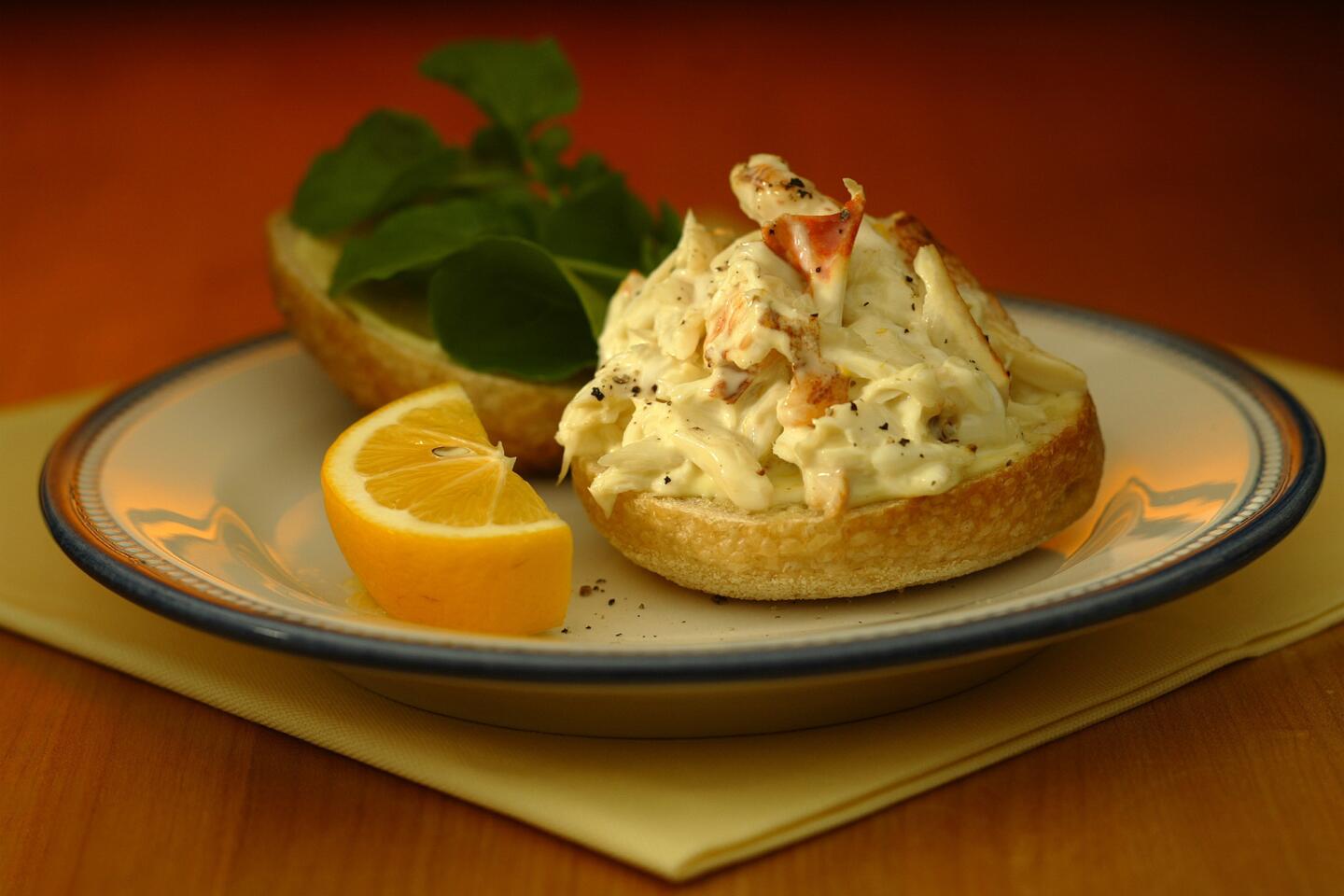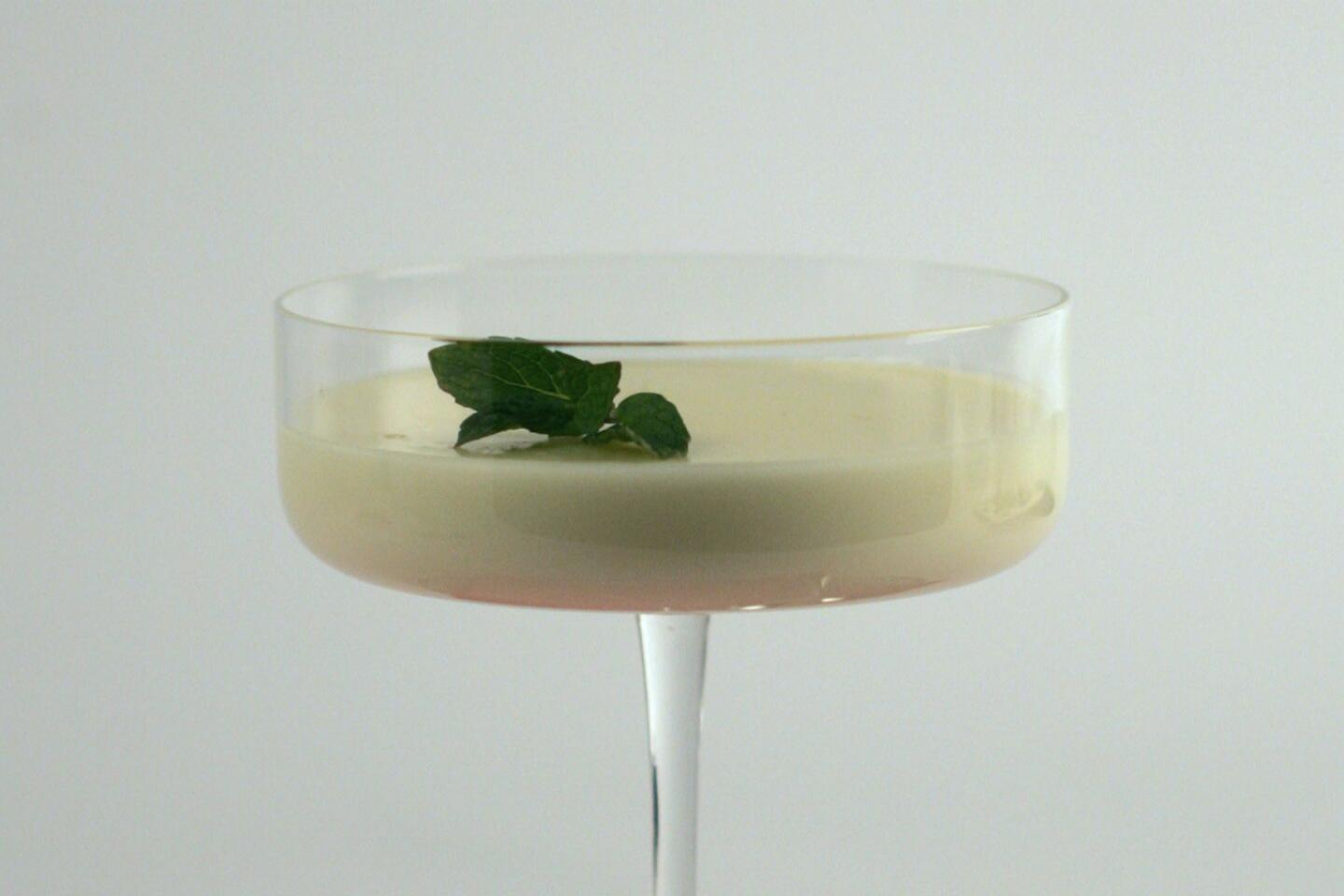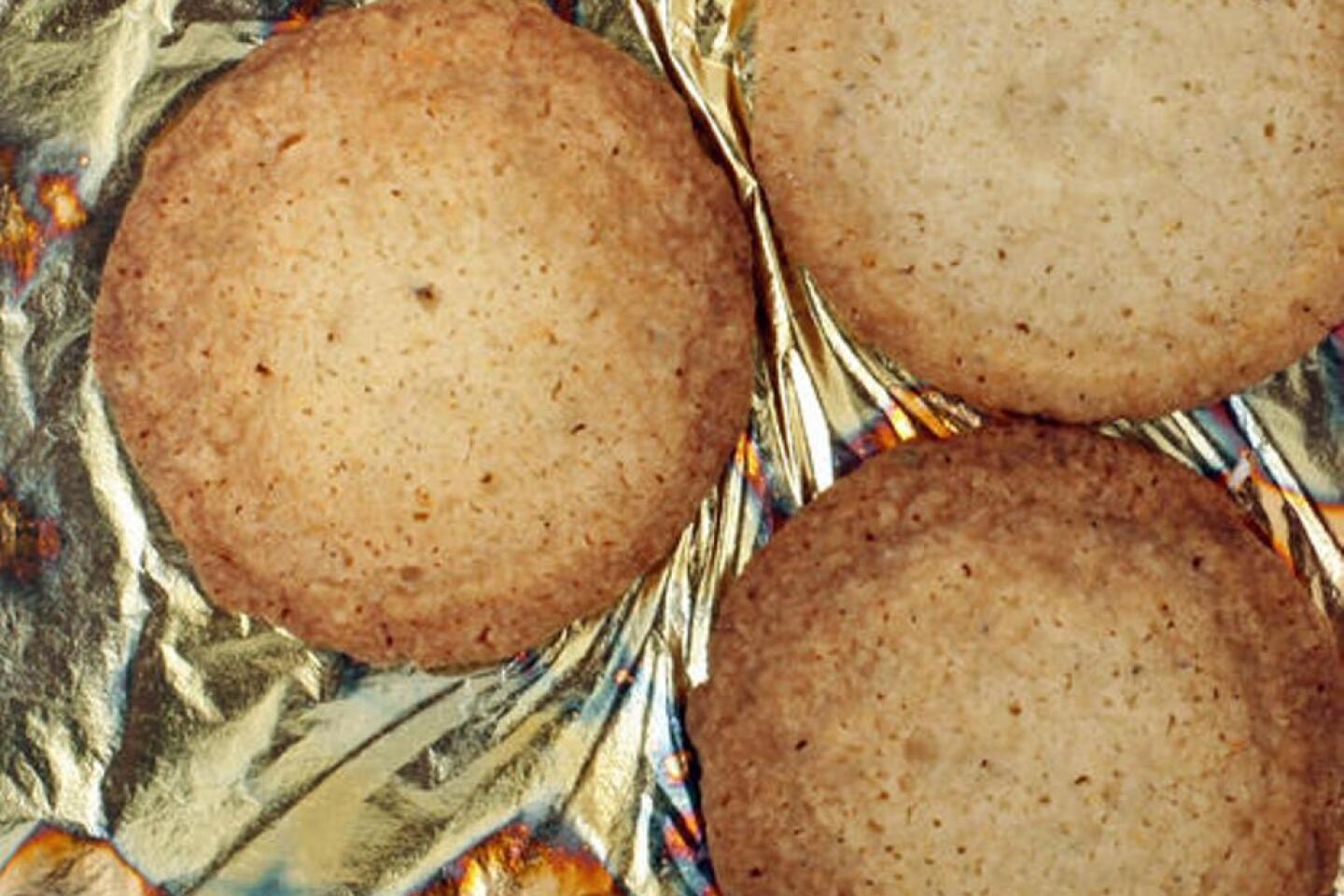Sweet and sour, the California magic of Meyer lemons with 12 recipes
Washington has salmon, Maryland has blue crabs, Minnesota has wild rice and California has Meyer lemons. With proper respect to those other states, sorry — but we win.
Though we may think of the Meyer as having been discovered by the Chez Panisse crowd, it’s been treasured by California foodies since shortly after its arrival at the turn of the 20th century.
Granted, it was given a rebirth when Alice Waters and her crew adopted it as a signature ingredient back in the 1970s, but the fruit was actually discovered in China — the home of so many fine citrus fruits — and brought back to the United States by a Department of Agriculture plant breeder named Frank Meyer.
It was a wildly popular backyard fruit in the teens and ‘20s, but it was found to be a carrier of a virulent citrus disease with the operatic name tristeza and so was virtually eradicated. Almost all of the Meyers you’ll find today are from an improved, virus-resistant variety developed at UC Riverside in the 1950s.
Meyers differ from common grocery store lemons — predominantly Eurekas and Lisbons — in a couple of ways. First, they look different. They’re rounder, without the pronounced point at the blossom end that other lemons have. Their golden-orange peel is thinner and more delicate, with an almost baby-skin softness (at least until the end of the harvest, when it can get puffy and coarse). They are noticeably juicier: 40% juice by weight as compared with Eureka’s 30%.
But taste is the important thing. Meyers are sweeter and less acidic than other lemons, with a flavor that’s much more nuanced. Most lemons give a lightning bolt of acidity, but Meyers are more like California’s soft, golden winter sunshine — bright, yes, but not brutal.
Meyer lemons share with most citrus the distinctive flavor notes given by the chemicals limonene (citrus) and pinene (pine), but also have a distinct whiff of thymol (thyme). The only other popular citrus with this herbal note is the tangerine, though DNA testing has revealed that the Meyer is actually a lemon crossed with an orange.
You’ll find traces of this scent in the juice, but as with most citrus, it’s most pronounced in the peel. Meyer skins are rich in oil and transmit the fruit’s distinctive floral quality well, so when cooking with them, I like to use preparations that emphasize that — favoring fragrance over plain old tartness. The best way to do that is to simmer the zests in sugar syrup or cream. In just a short time you’ll start to smell that irresistible perfume.
How to choose: Meyer lemons should be firm and the peel should be soft and smooth. Rub the peel with your fingernail and you should get a strong whiff of that distinctive Meyer perfume. Watch out for fruit with soft spots, or fruit that’s been harvested haphazardly — no holes where the stem was plucked.
How to store: Though most lemons have thick rinds and can be left at room temperature for days without ill effect, the peel of a Meyer is thinner and more delicate. Refrigerate them, wrapped in a plastic bag. If you’ve got backyard trees and have too much fruit for one time, you can juice the lemons into ice cube trays and zest a little of the peel over the top. Freeze in an airtight bag and you’ve got Meyer flavor for months.
Are you a food geek? Follow me on Twitter @russ_parsons1
More to Read
Eat your way across L.A.
Get our weekly Tasting Notes newsletter for reviews, news and more.
You may occasionally receive promotional content from the Los Angeles Times.
